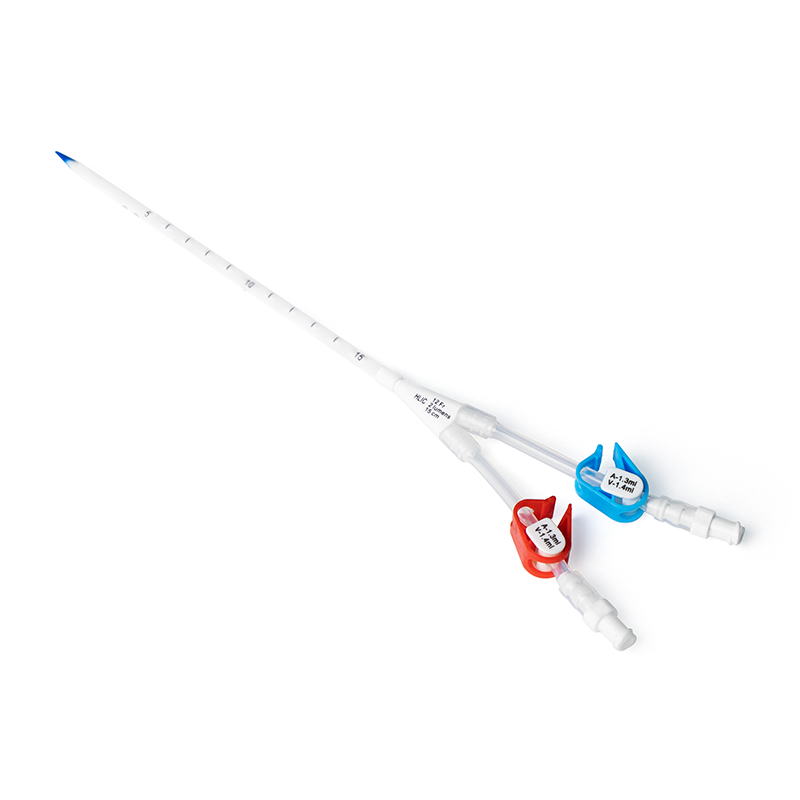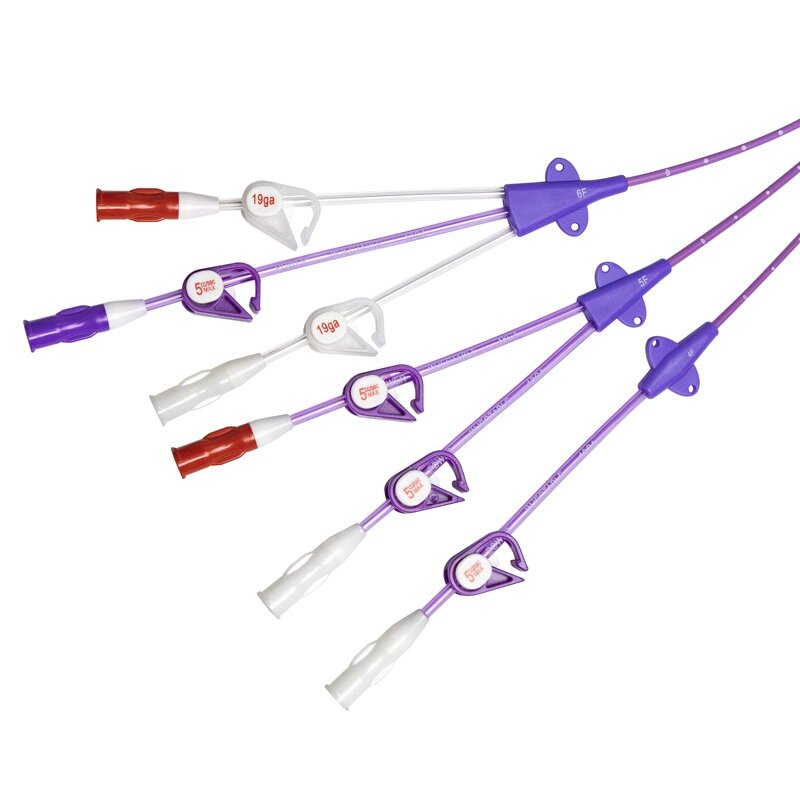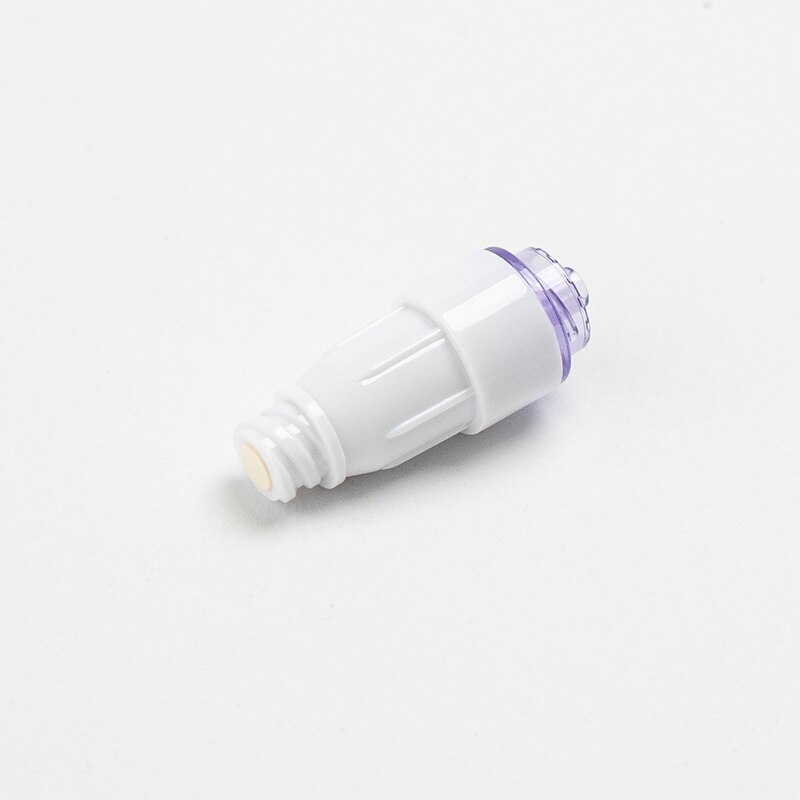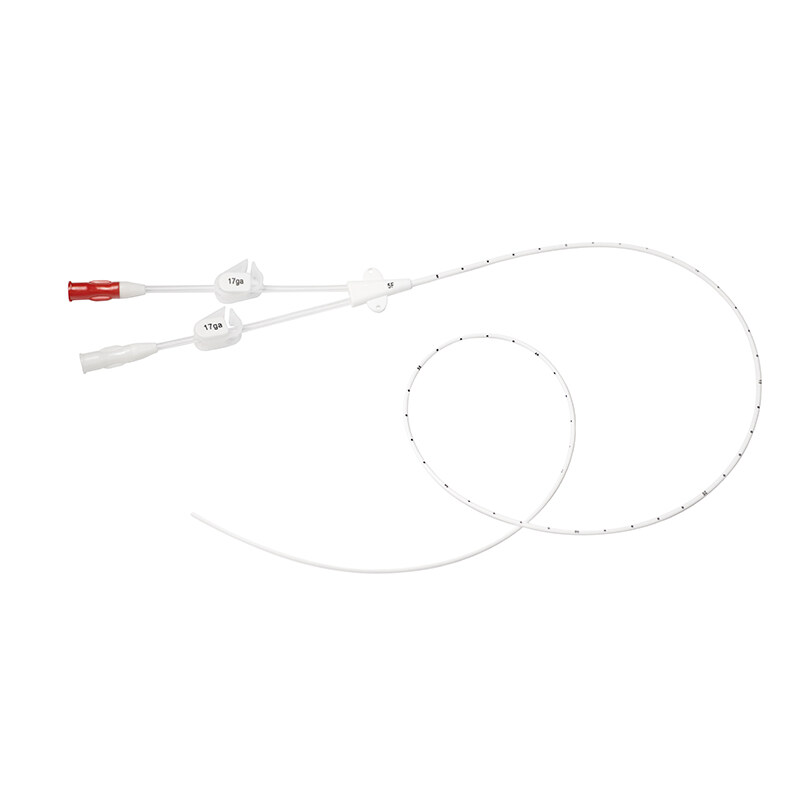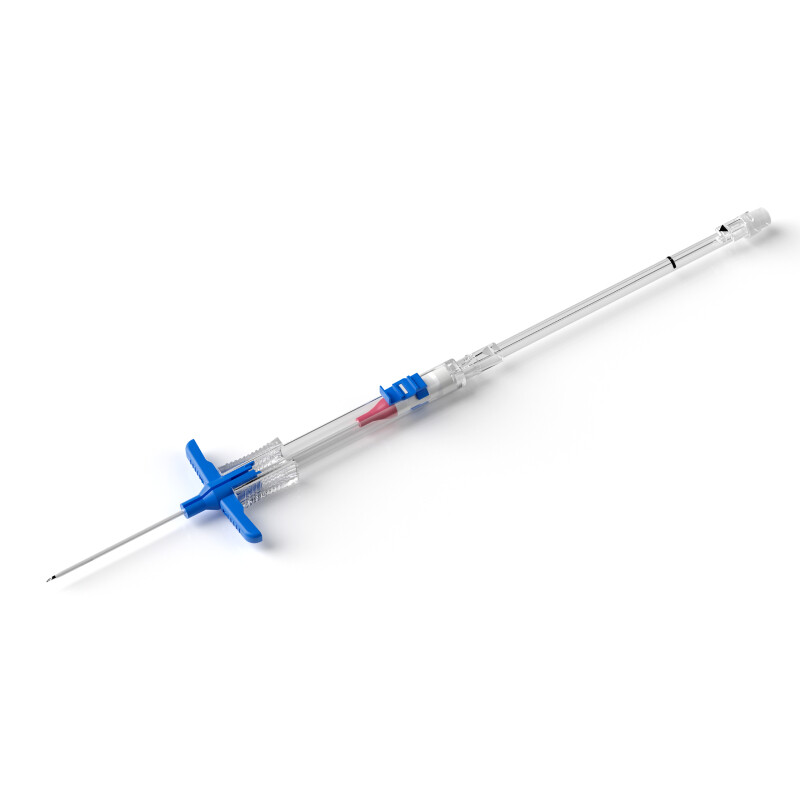Medical treatments and procedures often involve the use of needles for various purposes, such as drawing blood, administering medication, or delivering fluids. However, advances in medical technology have led to the development of needleless valves as an alternative to traditional needles. Here we will explore the advantages and disadvantages of both methods to help you understand their relative safety and effectiveness.
Traditional Needles
Traditional needles have been a cornerstone of medical procedures for decades. They are versatile and can be used for a wide range of medical applications. Here are some of the pros and cons associated with traditional needles:
Pros
Precision: Traditional needles allow for precise and controlled delivery of medication or fluids.
Familiarity: Healthcare professionals are trained in using needles, making them a widely accepted and practiced method.
Cost-effective: Needles are generally more affordable than some advanced needleless systems.
Cons
Pain and discomfort: Needle sticks can be painful, causing anxiety and fear in patients.
Risk of infection: There is a small risk of infection when using needles, as improper handling or disposal can lead to contamination.
Needlestick injuries: Healthcare workers may accidentally get pricked by needles, increasing their risk of exposure to infectious diseases.
Needle-less Valves
Needleless valves, also known as needle-free connectors, are designed to eliminate the need for needles in medical procedures. Here are some of the pros and cons associated with needle-less valves:
Pros
Reduced pain and anxiety: Needle-less valves eliminate the pain and fear associated with needle sticks, making medical procedures less distressing for patients.
Lower infection risk: With no needles involved, the risk of infection is significantly reduced.
Safety for healthcare workers: Needle-less valves can help protect healthcare workers from accidental needlestick injuries.
Improved patient compliance: Patients may be more willing to undergo treatments when needleless valves are used, leading to better treatment adherence.
Cons
Limited applications: Needle-less valves may not be suitable for all medical procedures, as some require the precision that only traditional needles can provide.
Cost: The initial cost of needleless valve systems and their maintenance can be higher than traditional needles.
Learning curve: Healthcare professionals need training to effectively use needleless valves, which may take time and resources.
Are needleless valves suitable for all medical treatments?
Needleless valves, while highly beneficial in many situations, may not be suitable for all medical treatments. They are generally well-suited for procedures involving the administration of medications or fluids, especially when patient comfort and reduced infection risk are paramount. However, certain medical procedures may still require the precision that only traditional needles can provide. Healthcare professionals should assess the specific needs of each case to determine the most appropriate method.
Do needleless valves require special training for healthcare professionals?
While traditional needles are familiar tools in medical practice, needleless valves represent a relatively newer technology. Training ensures that healthcare providers are proficient in connecting and disconnecting these devices safely, reducing the risk of complications and ensuring proper use.
Are there different types of needleless valves available?
There are various types of needleless valves on the market, each designed for specific applications and having distinct features and advantages. Some common types include positive-displacement valves, negative-displacement valves, and mechanical valves.
Conclusion
While traditional needles offer precision and versatility, they come with the drawbacks of pain, infection risk, and needlestick injuries. Needleless valves, on the other hand, offer reduced pain and anxiety, lower infection risk, and enhanced safety for both patients and healthcare workers, but they may not be suitable for all medical applications.
Needle-less valve systems may have a higher initial cost compared to traditional needles. However, when considering the long-term benefits, such as reduced infection risk, improved patient compliance, and decreased healthcare worker injuries, they may offer cost-effectiveness over time.
In many cases, the choice between traditional needles and needleless valves will be determined by the healthcare provider's judgment, the patient's comfort, and the specific requirements of the medical procedure. Advances in technology continue to improve the safety and effectiveness of both methods, ensuring that patients receive the best possible care. Ultimately, the safety and appropriateness of each approach should be evaluated on a case-by-case basis to achieve the best medical outcomes.

